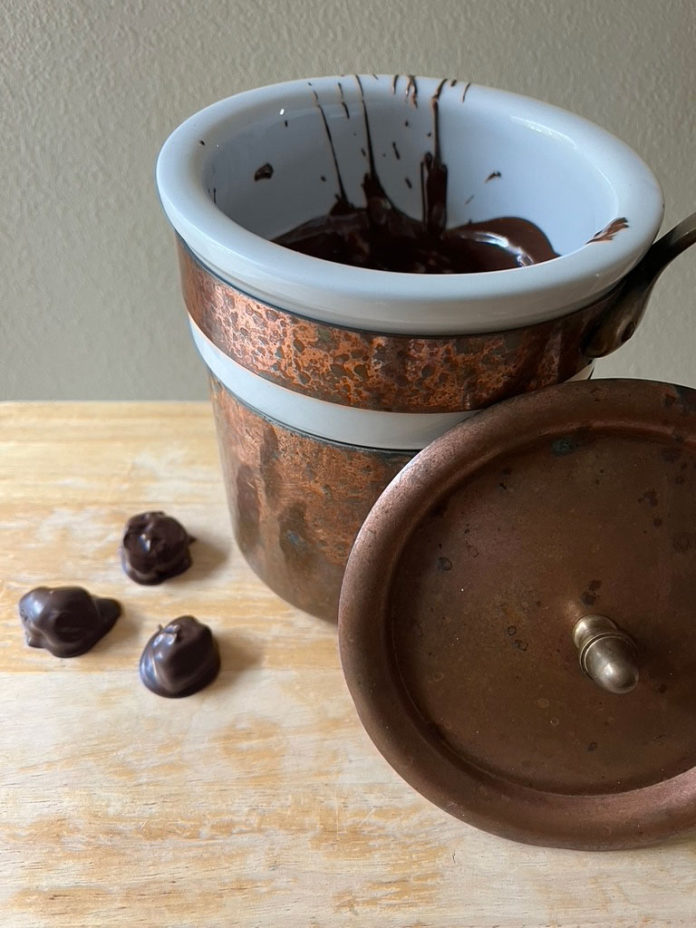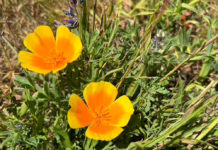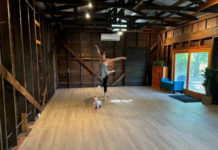By Pierre Ratte
Chocolate making. Gosh, not easy. Even with cheat codes on YouTube and borrowed equipment.
Reportedly it all started in Mesoamerica 4,000 years ago. In 1528, Cortez received cacao seeds from the Aztec emperor and introduced them to Spain. Spanish aristocrats mixed the seeds with honey and water. It took nearly one hundred years and the marriage of the daughter of Spain’s king to King Louis XIII of France till the French got jiggy with chocolate drinks.
Two hundred years later in 1828, a Dutch chemist, C. J. van Houten, invented a hydraulic cocoa bean press separating fats from solids. Then my main man C.J. added alkaline salts, increasing cocoa powder’s ability to mix with warm liquids. When emulsified, cocoa powder became malleable and cooled into hardened forms. Bam—modern chocolate was born.
Fun facts: Cacao is the plant; cocoa butter and powder are by-products. The process of adding carbonates for alkalinity is called “Dutching,” now known as Dutch chocolate, dark with a mild flavor. The process of adding milk creates Swiss milk chocolate, lighter and milder still.
Chocolate was mostly a hand-made specialty for well-to-do Europeans. Then Milton Hershey, America’s chocolatier with a fourth-grade education, arrived on the scene. After three unsuccessful tries as a candy maker, he succeeded in caramels. By 1894, his caramel company employed more than 1,300 workers.
Despite its success, Hershey felt caramel was faddish; a better future might be had in chocolate. So, in 1900 he sold the caramel company’s three factories, machinery, formulas and inventory for $1 million to bring Swiss milk chocolate to America. Developing his own formula and mass production process, Milton Hersey designed and built the world’s largest chocolate manufacturing plant in 1905.
The Hershey chocolate bar was developed in 1900; the Hershey chocolate kiss in 1907. In 1909, business success led to philanthropy. Hershey created and endowed a K-12 school for orphan boys. That school operates today as an elite private high school where all tuition and costs are paid.
Hershey also designed and built a model town for his workers with decent housing, jobs, cultural activities and free schooling. That town is Hershey, Pennsylvania. Little known is the fact that Hershey built a virtually identical town in Cuba for non-white employees. He also endowed a similar high school with free attendance.









